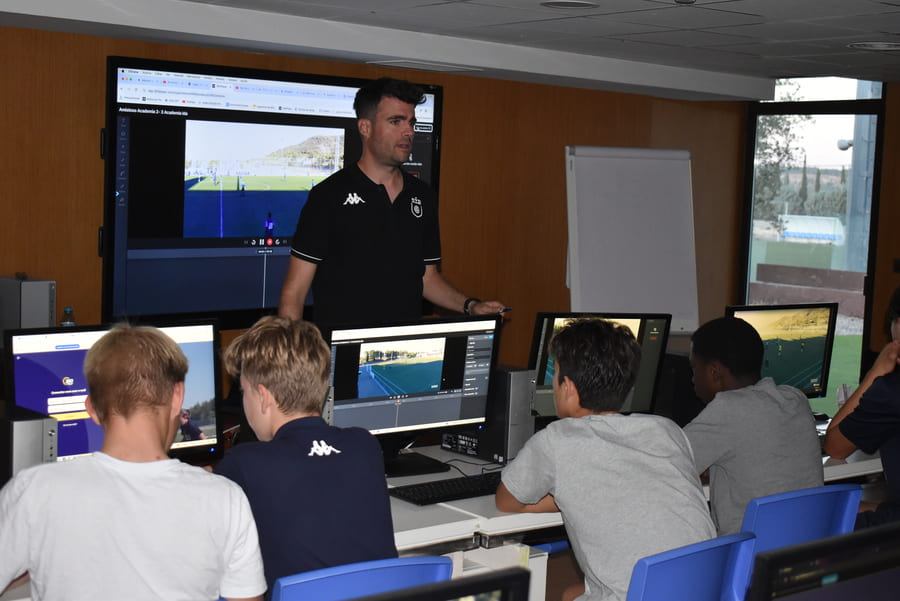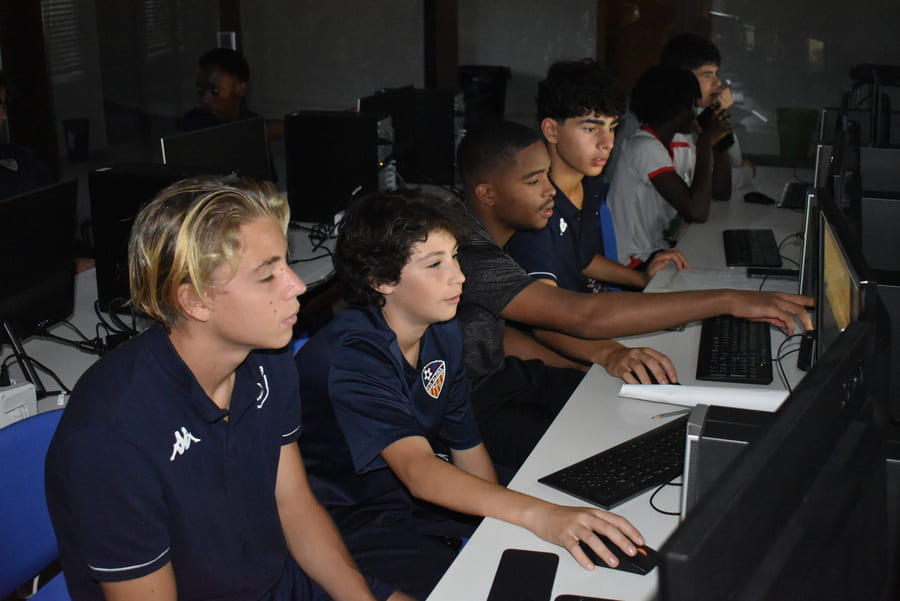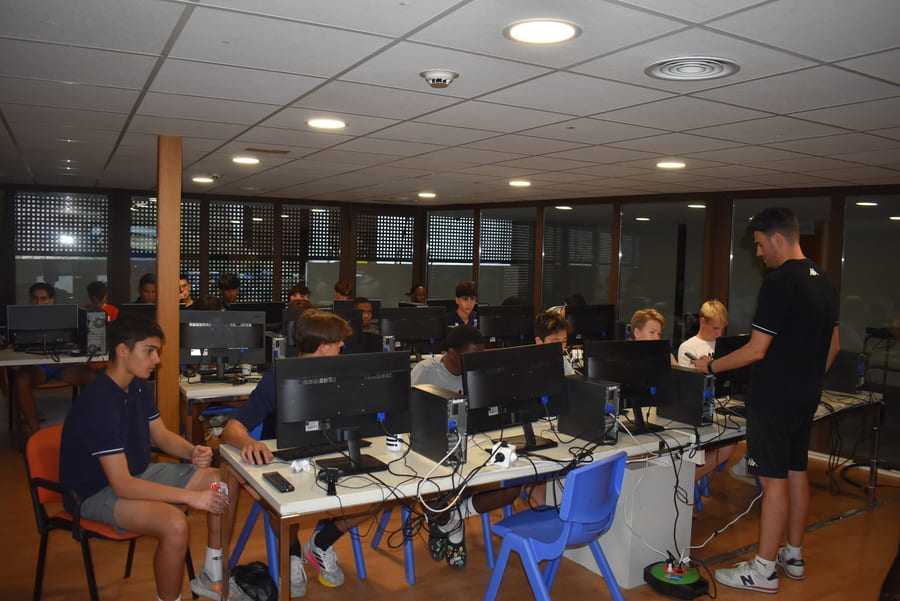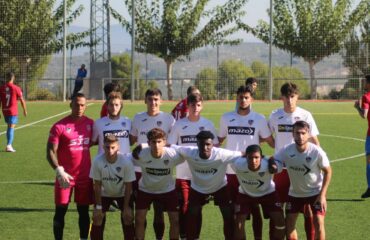In modern football, training is not just about running, shooting, or perfecting a dribble. Developing a complete footballer also involves a deep understanding of the game, and this is where match analysis comes in as an essential training tool. In high-performance academies like SIA Academy, this methodology is integrated into an educational system that prepares players not only to compete but to understand.
Table of contents
Beyond the field: understanding the why behind every play
Today, match analysis is no longer exclusive to professional clubs. The most advanced training academies have adopted it as a fundamental part of a footballer’s learning. This tool allows players to see their games from another angle, detect mistakes, understand tactical patterns, and visualize how they can improve their decision-making.
In the words of Alain, coach and head of the video analysis department at SIA Academy:
“Analysis is the moment when the player moves from executing to reflecting. It’s when they truly connect what they do on the field with why they do it. It’s a key stage for learning to settle.”

The SIA Academy method: technology, pedagogy, and personalization
For SIA Academy, in its training structure, video analysis is not just a complement but a transversal tool applied from the youngest categories to players with professional projection.
Every week, players participate in specific tactical and technical analysis sessions, where recordings of training sessions, friendly matches, and competitive games are reviewed. Coaches, along with the analysis staff, use specialized software such as Hudl, Nacsport, or Wyscout to dissect key plays, positional errors, pressing, coverages, and more.
Alain explains:
“It’s not just about showing clips. What’s important is how the information is communicated. We create a conversation with the player, so they reach conclusions themselves. The goal is not to correct but to teach them to read the game independently.”
This philosophy aligns with the academy’s pedagogical model, which prioritizes active learning and the player’s autonomy.
Learning to compete through analysis
One of the aspects where the impact of match analysis is most evident is in the tactical reading of the game. Through visual analysis, players better understand concepts like balance, space occupation, defensive shifting, or organized pressing.
Alain highlights a recent case:
“We had a fullback with great offensive projection, but he often lost his marker behind. When he saw on video how his positioning exposed the defensive line, he changed his mindset. Today he is much more balanced and efficient.”
The power of video also lies in its ability to make visible the invisible: showing what happens outside the focus of the ball, understanding how a play is built from the back, or how an individual decision affects the entire block. This generates collective awareness and tactical maturity that is not achieved with repetitions alone.

Self-evaluation and individual growth
Another great benefit of analysis is self-observation. Seeing their own actions allows the player to identify technical aspects to improve — such as oriented control, passing speed, or positioning in transitions — objectively. It also helps reinforce positive behaviors.
At SIA Academy, players receive personalized reports with clips of their actions and key metrics. This allows setting individual goals and tracking progress week by week.
“There is no greater motivation than seeing your evolution on screen. The video doesn’t lie: it shows your mistakes but also your progress,” says Alain.
Preparing players for professional football
In today’s competitive football environment, knowing how to interpret a match is almost as important as having talent. Players who reach the highest level stand out not only for their technical ability but for their tactical intelligence and game reading.
Properly used, analysis enhances this understanding. That is why at SIA Academy it is not limited to the team itself. Rival scouting, pre-match analysis, and collective sessions simulating real decision-making scenarios are also carried out.
“If we want to train professional players, we must train professional minds. And that is achieved by analyzing, questioning, and understanding every part of the game,” Alain concludes.
Match analysis is not just a technical tool: it is an educational and formative tool. In academies like SIA Academy, its systematic and pedagogical use has become one of the keys to training success. Far from being a simple review of errors, it becomes a visual school of football, where players learn to think, correct, and evolve from within the game.
In a world where football is defined by small details, seeing well is also playing well.






